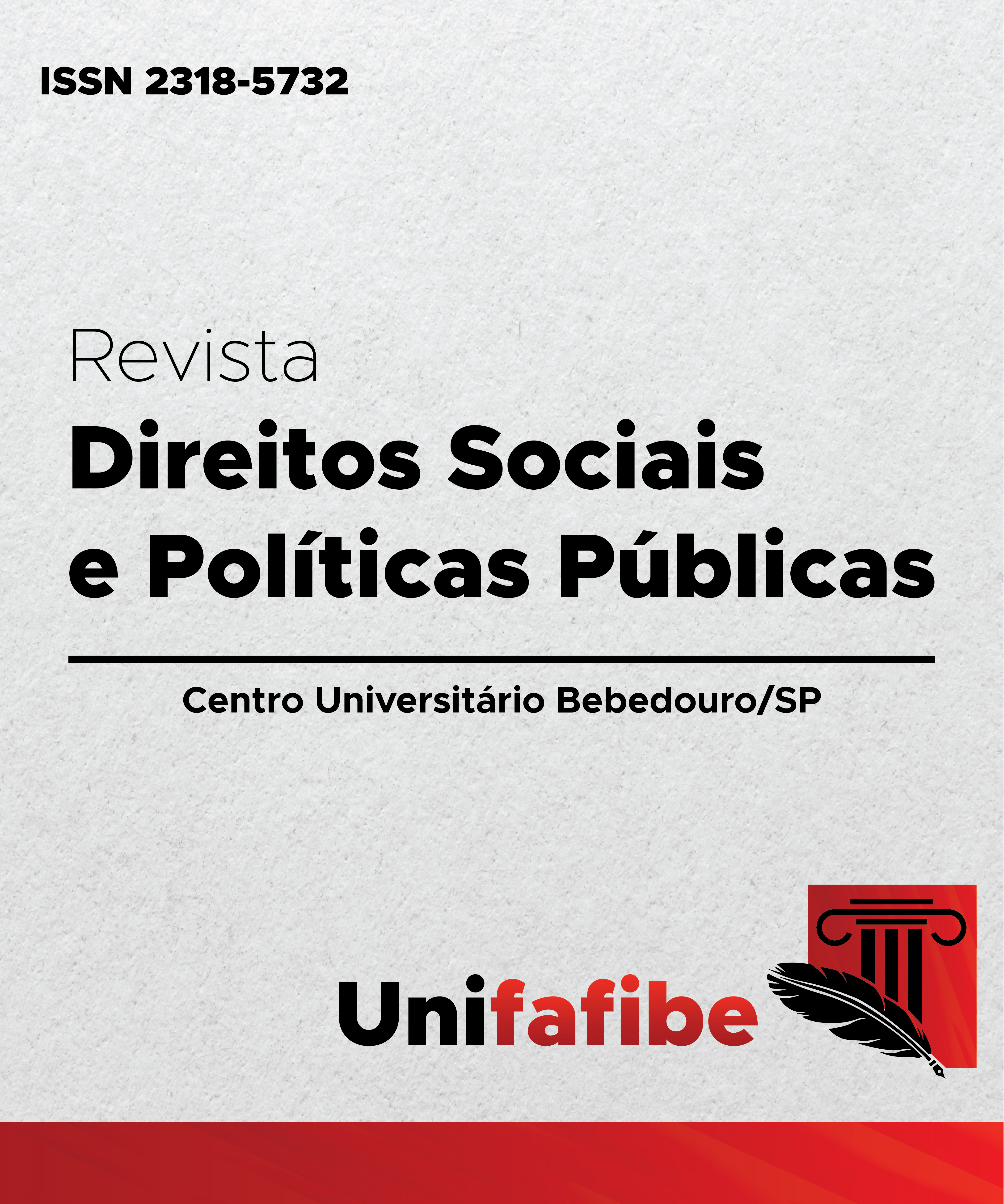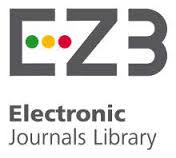El RESCATE DEL BARRIO ANTIGUO A TRAVÉS DE LA IMPLEMENTACIÓN DE POLÍTICAS PÚBLICAS
Keywords:
Cartografía, Identidad, Arquitectura urbana, Diseño y RegionalismoAbstract
In recent decades, the deterioration and neglect of old neighborhoods has been a common problem in many cities around the world. These historic neighborhoods possess significant cultural and architectural value, but have suffered neglect and lack of investment, which has led to their deterioration and decay. This scientific article analyzes the implementation of public policies as a strategy for the rescue and revitalization of old neighborhoods. The study is based on a comprehensive review of academic literature and government documents related to the topic. Three main approaches used in the implementation of public policies for the rescue of old neighborhoods were identified: the conservation of cultural heritage, urban regeneration and community participation. First, cultural heritage conservation focuses on preserving and restoring the historic buildings and monuments of the old quarter. This implies the adoption of specific regulations and regulations to protect these heritage elements, as well as the promotion of fiscal and financial incentives for owners and developers interested in their rehabilitation. Secondly, urban regeneration involves improving infrastructure and services in the old quarter, with the aim of making it more attractive to residents, visitors and businesses. This can include the renovation of streets, sidewalks and public spaces, as well as the creation of green areas, pedestrian zones and accessible public transport. Finally, community participation plays a fundamental role in the rescue of the old quarter. Active collaboration between residents, local organizations and government is essential to identify needs, priorities and effective solutions. Community participation can manifest itself through public consultations, planning workshops, and community empowerment programs.
References
Álvarez, Mora Alfonso (2004). MODELOS DE DESARROLLO URBANO. De la ciudad compacta al metropolitano disperso, en ciudad territorio y patrimonio. Materiales de Investigación II UIA Puebla. U. de Valladolid, México. p.227.
Boix Gené, José. (1974) URBANISMO. Zonas industriales nueva ciudad, espacios verdes, planteamiento del campo. Ediciones CEAC. S.A. Barcelona, España. p.71-183.
Cavazos Garza, Israel. (1960) Historias del Nuevo Reino de León. Notas Preliminares UANL Monterrey. P. 65-122.
Fernández Güell, José Miguel. (1997) Planeación estratégica de Ciudades. Editorial Gustavo Gili. Barcelona. p.97.
George Kubler (1982) “LA CONFIGURACIÓN DEL TIEMPO.
González Claverán, Jorge. (2005). “SISTEMA DE PLANEACIÓN ESTRATEGICA”. Apuntes de Cuaderno de Seminario en la Universidad de Guadalajara, México.
González, José Eleuterio. (1867). COLECCIÓN DE NOTICIAS Y DOCUMENTOS PARA LA HISTORIA DEL ESTADO DE NUEVO LEÓN. Monterrey.
Gropius, Walter (1956). “ALCANCES DE LA ARQUITECTURA INTEGRAL” Buenos Aires. p.
Hampton Jorge, Rivoira Emilio., (1989) “OTRA ARQUITECTURA ARGENTINA” Bogotá Colombia, Escala. p.63.
Manual de Protección y Mejoramiento., “LA IMAGEN URBANA EN CIUDADES TURÍSTICAS CON PATRIMONIO HISTÓRICO”.
Martínez Zúñiga, Juan Manuel., (2008) “ANÁLISIS DEL ESPACIO URBANO Y TIPOLOGÍAS ARQUITECTÓNICAS EN EL CENTRO HISTÓRICO DE GENERAL ESCOBEDO
NUEVO LEÓN. p. 132. (En busca de una identidad regional). Materiales de Investigación ASINEA
Cuernavaca, Morelos. México.
Klein Naomi. (1999). NO LOGO. “El pode, de las marcas”, Editorial Paidós. Barcelona. p. 363.
Tello Peón Lucia. (1997) LOS SIGNOS URBANOS Y SU TRANSFORMACIÓN. Los espacios urbanos y arquitectónicos en la Mérida Virreinal. Revista Cuaderno 10. Universidad Autónoma de Yucatán. p,73




















